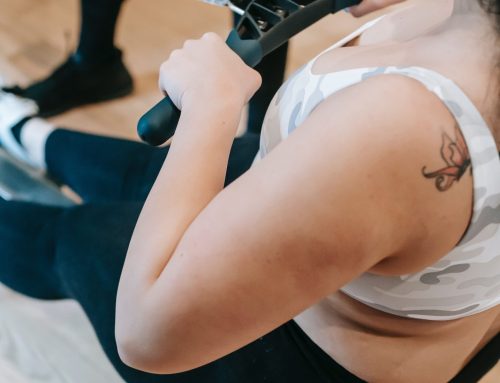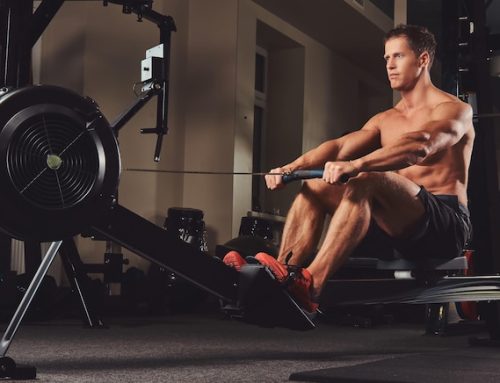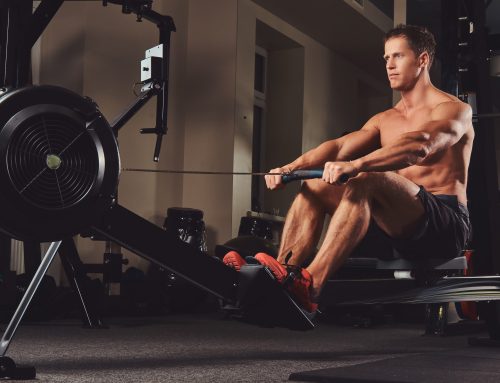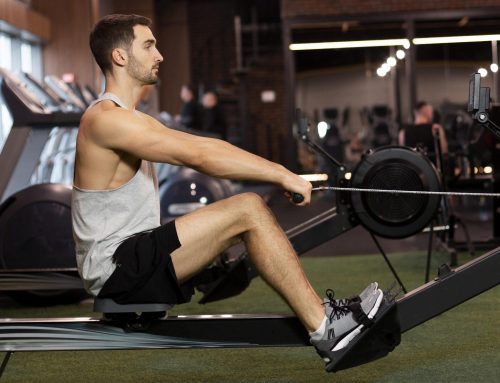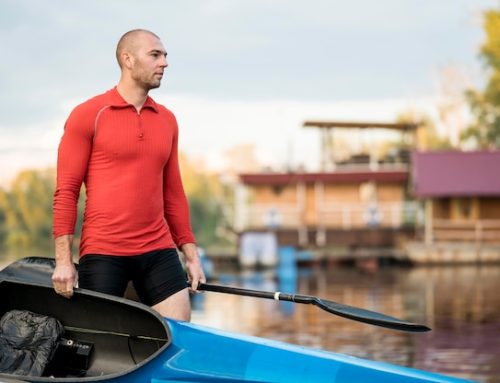Rowing is often an underestimated form of exercise, primarily associated with serene boat trips down the river or elite sport at the Oxford-Cambridge Boat Race. However, it’s much more than that. Rowing can be an incredibly effective workout that targets various muscle groups and offers both cardiovascular and strength benefits. This article aims to dive deep into the physiological effects of rowing on your body and what kind of physique you can expect from participating in this versatile form of exercise.
The Basics: Rowing as a Full-Body Workout
First and foremost, it’s crucial to understand that rowing is a full-body workout. Unlike some exercises that target only specific areas, rowing involves a complex range of motions that recruit muscles from your lower body, core, and upper body.
“Rowing doesn’t just focus on one area; it offers a full-body workout that is unlike any other form of cardio or strength training.”
Muscle Groups Targeted
- Leg Muscles: Quadriceps, Hamstrings, and Calves
- Core Muscles: Abdominals and Obliques
- Back Muscles: Latissimus Dorsi and Rhomboids
- Arm and Shoulder Muscles: Biceps, Triceps, and Deltoids
The Physique: What to Expect
The kind of body rowing gives you can be described as balanced and toned rather than bulky. Below are some of the more specific changes you may notice.
Increased Muscle Definition
Since rowing involves both cardiovascular exercise and strength training, you can expect improved muscle definition over time. Your legs, often the powerhouses of the rowing stroke, will develop a lean but strong appearance. The core muscles will become more defined, contributing to better posture and core stability.
Improved Cardiovascular Health
Rowing has been proven to increase cardiovascular efficiency, reducing the risk of heart-related issues. As your cardiovascular health improves, you might notice a decrease in body fat percentage, contributing to a more toned appearance.
Minimal Risk of Bulkiness
Rowing doesn’t typically result in a bulky physique, as the exercise primarily engages slow-twitch muscle fibers that are more endurance-oriented. Instead of bulk, rowing builds functional, sustainable muscles.
“If you’re worried about bulking up, don’t be. Rowing generally leans towards improving functional fitness rather than adding bulky muscle mass.”
Additional Benefits and Considerations
While the aesthetic benefits are a significant draw for many, rowing also offers a myriad of other health benefits:
- Improved Mental Health
- Increased Flexibility and Balance
- Better Joint Health
- Enhanced Stamina and Endurance
However, it’s worth noting that proper technique is crucial in rowing to avoid injury and achieve the desired results. Moreover, diet and other lifestyle factors also play a vital role in determining the kind of body rowing will give you.
Data-Driven Insights: What Research Says
| Study | Key Findings |
|---|---|
| Effects of Indoor Rowing on Body Composition (2019) | Rowing resulted in a significant reduction in body fat percentage. |
| Impact of Rowing on Cardiovascular Health (2020) | Regular rowing improved cardiovascular health markers, including blood pressure and heart rate. |
| Rowing and Muscle Development (2021) | Rowing primarily engaged slow-twitch muscle fibers, contributing to endurance rather than bulkiness. |
Conclusion
Rowing is not just a sport or a leisurely pastime; it’s a comprehensive exercise that offers a balanced and toned physique along with various other health benefits. Whether you’re rowing on the Thames, participating in a high-energy class at your local gym, or using a home rowing machine, the benefits are abundant and well-documented. So, if you’re looking for a full-body workout that improves both your muscular and cardiovascular systems, rowing could be just the ticket.
“Rowing is more than an exercise; it’s a holistic approach to health that offers a myriad of benefits, both aesthetic and functional.”
By incorporating rowing into your regular exercise routine, you’re setting the stage for a balanced, lean, and highly functional body. And remember, the River Thames isn’t going anywhere; neither are the health benefits you’ll accrue from this age-old form of full-body fitness.

